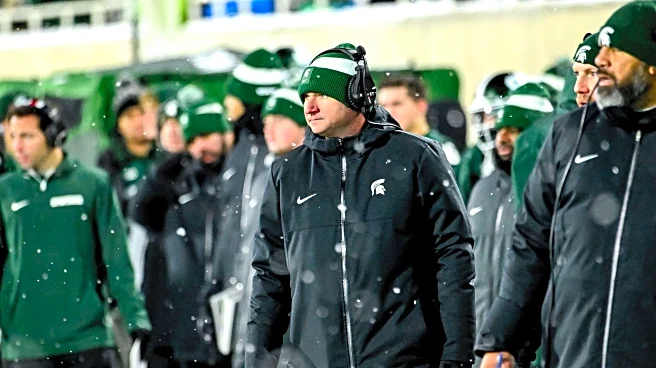What's Happening?
The college football season is gearing up with a 12-team playoff format, which has already shown its unpredictability in the previous season. Ohio State, entering as the No. 8 seed, proved to be the strongest team, while the top four seeds were eliminated early. This season, the playoff seeding will not favor conference champions, adding complexity to the competition. The SEC and Big Ten are expected to be prominent, with teams like Georgia, Alabama, LSU, Ohio State, Penn State, and Oregon positioned near the top. The preseason US LBM Coaches Poll reflects a balanced season, with several teams receiving substantial first-place votes.
Why It's Important?
The introduction of a 12-team playoff and the change in seeding criteria could reshape the competitive dynamics in college football. This format may allow for more diverse matchups and give teams outside the traditional powerhouses a chance to advance further. The expected dominance of SEC and Big Ten teams highlights the concentration of talent and resources in these conferences, which could influence recruitment and funding strategies. Other conferences may need to adapt to maintain competitiveness, potentially leading to changes in coaching and player development strategies.
What's Next?
Teams will need to manage their schedules and quarterback situations effectively to secure playoff spots. The unpredictability of the playoff format means teams must be ready for unexpected challenges and opportunities. Legacy Pac-12 schools will continue to honor existing bowl agreements through the 2025 season, which may impact their strategies and performance. Observers will be keen to see how the new seeding rules affect playoff outcomes and whether any surprise teams emerge as contenders.













